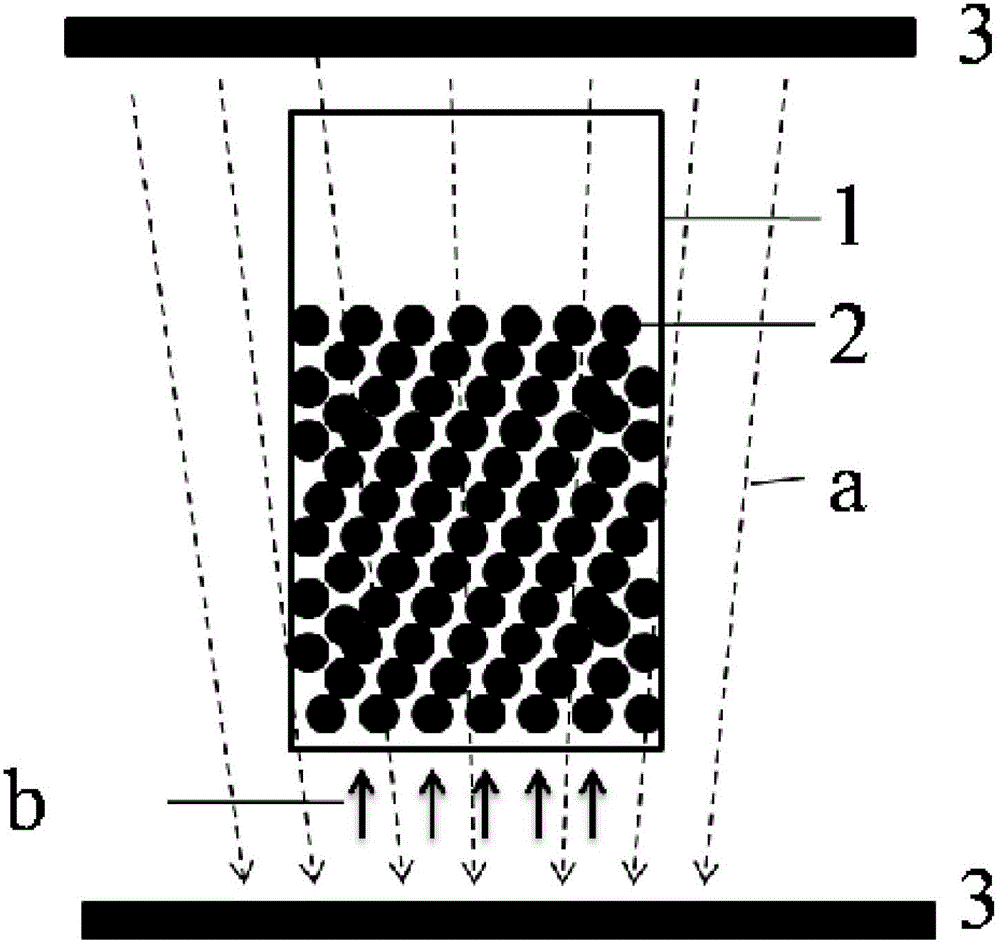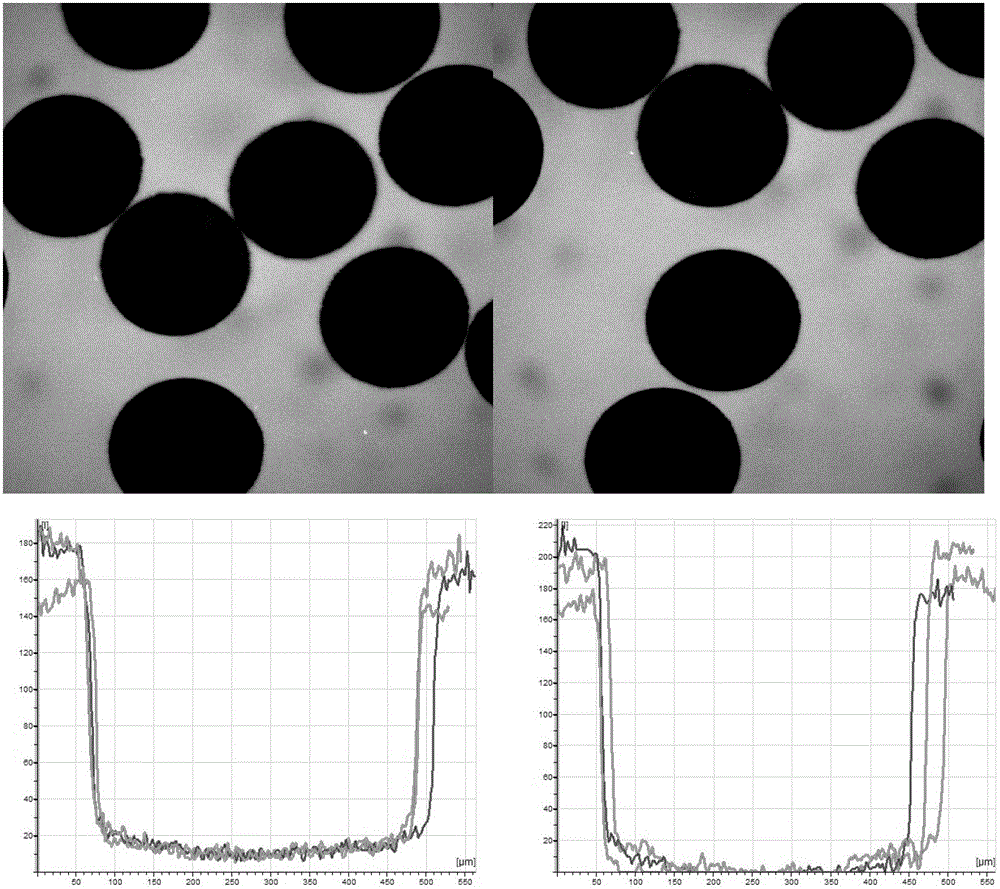A Magnetic Field Fluidized Bed Microencapsulated Reactor for Artificial Liver
A fluidized bed reactor and fluidized bed technology, which is applied to dialysis systems and other directions, can solve the problems of small reactor design volume and small design volume, increase cell loading density, reduce design volume, and avoid bed pressure drop big effect
- Summary
- Abstract
- Description
- Claims
- Application Information
AI Technical Summary
Problems solved by technology
Method used
Image
Examples
Embodiment
[0022] Preparation of magnetically loaded hepatocyte microcapsules: the magnetic medium particle is Fe 3 o 4 Microspheres, particle size 100nm~300nm, liver cells and 1.5% sodium alginate suspension, cell density 1×10 7 ~1×10 8 cells / ml, use a high-voltage electrostatic preparation instrument to drop CaCl with a mass concentration of 1.1% 2 In the solution, the formed calcium alginate beads react with a 0.05% polylysine solution to form a film.
[0023] Preparation of hepatocyte microcapsules loaded on unembedded magnetic medium (non-magnetic microcapsules): the method is the same as before, the hepatocytes are suspended with 1.5% sodium alginate, and CaCl with a mass concentration of 1.1% is dripped with a high-voltage electrostatic preparation device 2 In the solution, the formed calcium alginate beads react with a 0.05% polylysine solution to form a film.
[0024] The prepared magnetic microcapsules are as attached figure 2 , the magnetic microcapsules have no signific...
PUM
 Login to View More
Login to View More Abstract
Description
Claims
Application Information
 Login to View More
Login to View More - R&D
- Intellectual Property
- Life Sciences
- Materials
- Tech Scout
- Unparalleled Data Quality
- Higher Quality Content
- 60% Fewer Hallucinations
Browse by: Latest US Patents, China's latest patents, Technical Efficacy Thesaurus, Application Domain, Technology Topic, Popular Technical Reports.
© 2025 PatSnap. All rights reserved.Legal|Privacy policy|Modern Slavery Act Transparency Statement|Sitemap|About US| Contact US: help@patsnap.com



